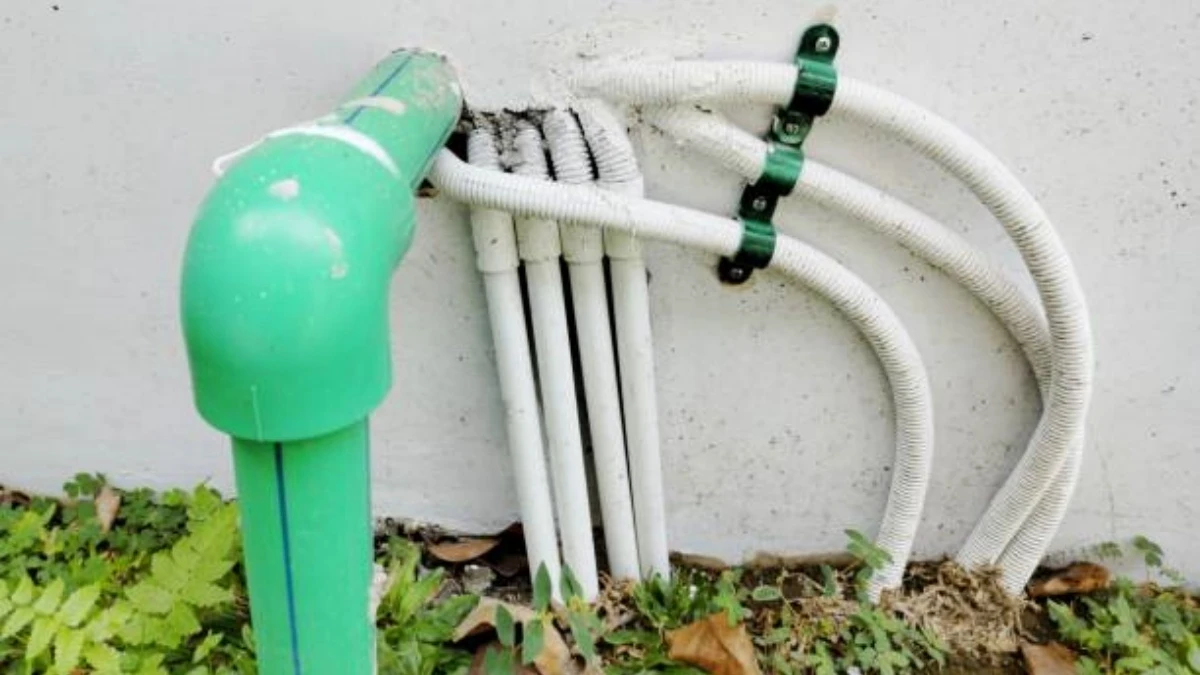Introduction PPR Fitting
PPR Pipes Fitting are transforming plumbing systems today. Their durability, efficiency, and eco-friendliness stand out. Made from polypropylene random copolymer, these components serve various applications. Homeowners and professional plumbers alike benefit from understanding these advantages. This article will delve into the key features of PPR water pipe fittings. Learn why they are the preferred choice for plumbing projects.
1. Durability and Longevity PPR Fitting pipe
PPR fittings and pipes exhibit exceptional durability. They resist chemical corrosion effectively, which ensures safe water transport. Their smooth interior minimizes friction, enhancing water flow efficiency. These pipes can handle high temperatures, making them ideal for hot water systems. For instance, PPR pipes can withstand temperatures up to 95°C without deforming. With a lifespan exceeding 50 years, they offer long-term reliability. This durability reduces the frequency of replacements, leading to significant time and cost savings.
2. Easy Installation and Low Maintenance PPR Fitting pipe
Installing PPR fittings and pipes proves to be straightforward and efficient. Their lightweight design simplifies handling and reduces labor costs. You can use a PPR pipe cutter for clean cuts. A welding machine ensures secure connections between the pipes. For example, a 25mm PPR pipe is easy to install in a residential water supply system. Once installed, PPR systems require minimal maintenance. Regular inspections help maintain leak-free performance. Simple cleaning keeps the pipes efficient. This low maintenance requirement makes PPR fittings a cost-effective choice.
3. Eco-Friendly and Sustainable PPR Fitting pipe
PPR fittings and pipes present an eco-friendly option for plumbing. They consist of recyclable materials, helping reduce environmental impact. Their production process consumes less energy compared to traditional materials. PPR pipes do not release harmful substances into the water. This ensures the safety of drinking water. For example, using PPR fittings in a residential project promotes sustainability. Their long lifespan minimizes waste, making them a responsible choice for modern construction. Choosing PPR supports a greener future.

4. Versatility in Applications PPR Fitting pipe
PPR water pipe fittings are highly versatile for various applications. In residential settings, they work well for hot and cold water supply systems. For example, 32mm PPR pipes are common in apartment complexes. In commercial buildings, they effectively handle heating systems and compressed air distribution. Their resistance to chemicals makes them suitable for industrial use. PPR pipes also find applications in agricultural irrigation systems. This ensures efficient water flow for crops. Their adaptability guarantees reliable performance in diverse environments.
5. Cost-Effectiveness and Energy Efficiency
PPR fittings and pipes offer excellent value for money. Their durability significantly reduces replacement costs over time. Additionally, they promote energy efficiency, lowering operational expenses. The smooth interior of PPR pipes improves water flow, which reduces pumping energy. For instance, a PPR plumbing system can last up to 50 years with minimal upkeep. Their lightweight design also reduces transportation and installation costs. These cost-saving features make PPR fittings a smart investment for any plumbing project.
Conclusion
PPR water pipe fittings represent a reliable choice for modern plumbing systems. Their durability, ease of installation, and eco-friendliness make them ideal for various applications. By opting for PPR fittings and pipes, you can create long-lasting, sustainable plumbing systems. Whether upgrading an existing system or starting anew, PPR fittings provide unmatched performance and value. Make an informed choice for your plumbing needs today.
FAQs
1.What tools are needed to install PPR Fitting pipe?
To install PPR fittings and pipes, you will need a few essential tools. A PPR pipe cutter is crucial for making clean and precise cuts. A welding machine, specifically designed for PPR, is used to join the fittings securely by heat fusion. Additionally, measuring tools such as a tape measure and markers will help ensure accurate lengths and placements. Having these tools ready simplifies the installation process and ensures a high-quality plumbing system.
2.What are PPR Fitting pipe made of?
PPR fittings and pipes are composed of polypropylene random copolymer. This material is a type of plastic known for its strength and heat resistance. It is designed specifically for plumbing applications, ensuring durability and longevity. The chemical structure of polypropylene random copolymer allows these pipes to resist corrosion from various chemicals, making them suitable for a wide range of water systems.
3.Can PPR Fitting be used for hot water systems?
Yes, PPR pipes are highly effective for hot water systems. They can withstand temperatures reaching up to 95°C without any deformation or loss of structural integrity. This high-temperature tolerance makes them ideal for both residential and commercial hot water applications. Using PPR for hot water ensures safe and efficient delivery while maintaining the quality of the water being transported.
4.How long do PPR Fitting pipe last?
PPR fittings and pipes boast an impressive lifespan, often exceeding 50 years when properly installed and maintained. Their resistance to corrosion and wear contributes to this longevity. Regular inspections and minimal maintenance can further extend their life, making them a reliable choice for plumbing systems. This durability means fewer replacements and less waste over time, which is beneficial for both homeowners and the environment.
5.Are PPR Fitting eco-friendly?
Absolutely, PPR fittings and pipes are considered eco-friendly. They are made from recyclable materials, significantly reducing their environmental impact. The production process of PPR requires less energy compared to traditional plumbing materials like PVC or metal. Additionally, PPR pipes do not leach harmful chemicals into the water, ensuring that drinking water remains safe and clean. Their long lifespan also means less waste, promoting sustainability in construction and plumbing.